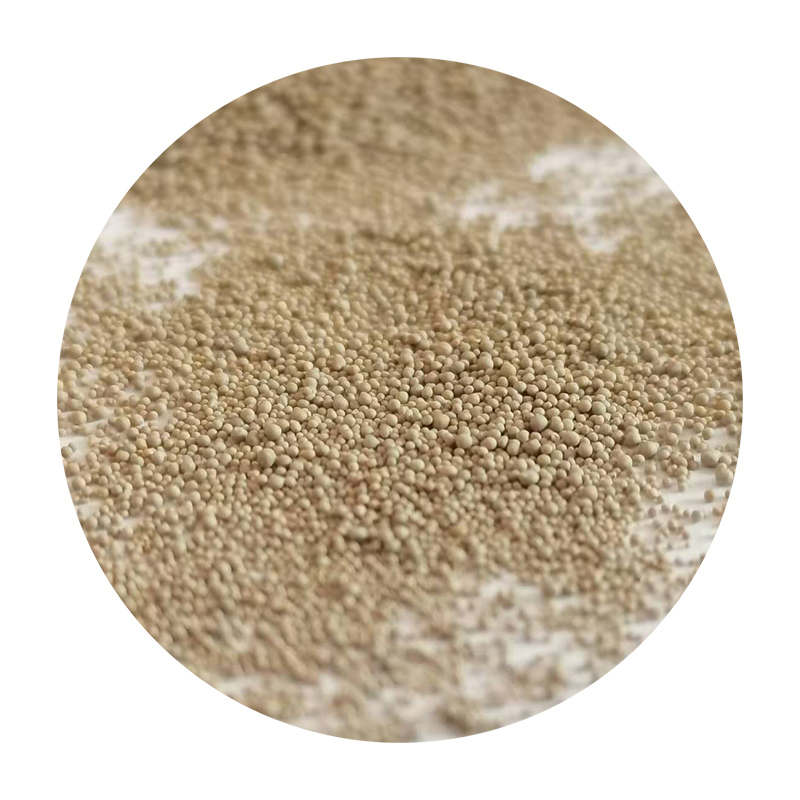Advantages and Disadvantages of Sand Casting Process
Sand casting is a widely used metal casting process that provides several advantages and some disadvantages, making it a popular choice in various manufacturing applications. This article will explore both aspects to provide a comprehensive overview of the sand casting process.
Advantages of Sand Casting
1. Cost-Effective One of the primary advantages of sand casting is its cost-effectiveness. The materials used, such as sand and metal, are generally inexpensive. Moreover, the process does not require elaborate equipment, reducing initial investment costs. This makes sand casting an attractive option for small to medium-sized production runs.
2. Flexibility in Design Sand casting allows for the production of complex shapes and large components that may be difficult or impossible to achieve with other casting methods. The use of expandable molds enables the casting of intricate geometries, making it suitable for a diverse range of applications, from automotive parts to artistic sculptures.
3. Adaptability to Various Materials This process is compatible with a wide range of metals, including aluminum, steel, brass, and iron. This versatility allows manufacturers to choose the appropriate material for their specific application, optimizing performance and cost.
4. Large Part Capability Sand casting is ideal for manufacturing large parts. The molds can be constructed to accommodate sizable components, which is beneficial in industries like aerospace and heavy machinery where large castings are common.
5. Rapid Prototyping For businesses looking to develop prototypes quickly, sand casting can be advantageous. Creating molds using sand is relatively quick, allowing for faster iterations and reduced time to market.
advantages and disadvantages of sand casting process

Disadvantages of Sand Casting
1. Surface Finish One of the notable drawbacks of sand casting is the rough surface finish of the casted parts. The texture and finish quality may not meet the stringent standards required for certain applications, necessitating additional machining processes to achieve a smoother surface.
2. Dimensional Accuracy While sand casting allows for the production of complex shapes, it can struggle with dimensional accuracy. The casting process can lead to variations in size and shape due to factors such as thermal contraction or mold settling. This can be problematic for applications requiring tight tolerances.
3. Labor-Intensive Process Sand casting can be labor-intensive, requiring skilled workers for mold making and core preparation. This can lead to higher labor costs and potential quality inconsistencies if skilled labor is not available.
4. Environmental Concerns The use of silica sand in the casting process raises environmental concerns. Silica dust poses health risks to workers, and the disposal of used sand can contribute to environmental degradation if not managed properly.
5. Limited Production Rate While sand casting is good for small to medium production runs, it is not the most efficient method for high-volume manufacturing. The time taken for mold preparation and cooling can slow down production, making other casting processes, such as die casting, more suitable for mass production.
In conclusion, sand casting is a versatile and cost-effective method for producing a variety of metal parts with significant advantages. However, its limitations, particularly regarding surface finish and accuracy, must be considered when choosing the appropriate manufacturing process for specific applications. Understanding both the advantages and disadvantages can guide engineers and manufacturers in making informed decisions for their projects.
Post time:Out . 04, 2024 14:49
Next:Písečné odlitky a jejich aplikace ve strojírenství a průmyslu
